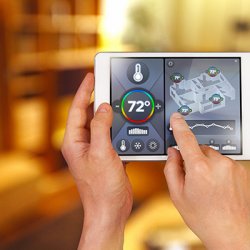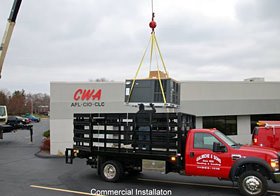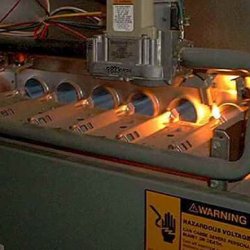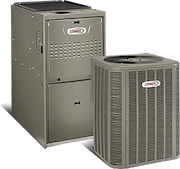When shopping around for the best HVAC system, energy efficiency is something you should consider. There are different energy efficiency ratings that will help you determine how much energy a system will use. These energy efficiency ratings are there to help prospective buyers understand which heating and cooling systems will be the most efficient for their needs.
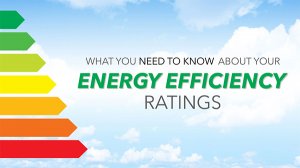
Energy efficiency ratings are created using an equation that calculates HVAC system output compared to the amount of electricity or gas that it uses. There are several different energy efficiency ratings and it can be a little confusing at first. That is why we have put together a list of the most common energy efficiency ratings on the market.
If you are searching for a more efficient heating & air conditioning system or have any questions about HVAC systems, in St. Louis and the surrounding areas, give us a call today at 314-993-1110.
Understanding Some Common Energy Efficiency Ratings
In the heating and cooling business, energy efficiency ratings get talked about a lot, but our customers do not always understand what they actually mean or how they are calculated. This list is here to help you better understand these ratings and find a unit that is energy efficient.
These are some of the most common energy efficiency ratings:
- SEER – A very common rating to see, SEER stands for seasonal energy efficiency. This rating is calculated by dividing an entire cooling season output by the total electric energy used during that same period. SEER ratings tend to run from around 10.9 up to 23 as the standard.
- EER – Energy efficiency ratio is a more general type of energy efficiency rating. It is determined by calculating the outside temperature against the inside temperature. EER is mostly used for smaller air conditioners like window units.
- HSPF – The heating seasonal performance factor is used to rate the efficiency of heat pumps. The overall heating output is divided by the total electricity used. HSPF ratings go up to 10 and a lower number means a more efficient unit.
- IEER – Different from EER, IEER stands for Integrated Energy Efficiency Ratio and is frequently used on split systems. This efficiency rating is important but is often overlooked or not mentioned during the purchasing process. It helps to evaluate a split system.
- AFUE – This energy efficiency rating measures the fuel-efficiency of furnaces and boilers. With this rating, the higher the number, the more efficient your unit is.
Don’t Overlook Energy Efficiency

Paying close attention to an HVAC system’s efficiency ratings is vital in saving you money in the long run. An energy efficient HVAC system will use less fuel or power and is better for the environment. It is a win-win situation.
Ask Us About Energy Efficiency Ratings
At Galmiche & Sons, we appreciate that all the different acronyms associated with energy efficiency can be confusing and overwhelming. Our team of experts can help walk you through the process of finding an energy efficient unit to suit your needs. In St. Louis and the surrounding areas, to speak with someone about energy efficient heating & air conditioning, give us a call at 314-993-1110 today.




